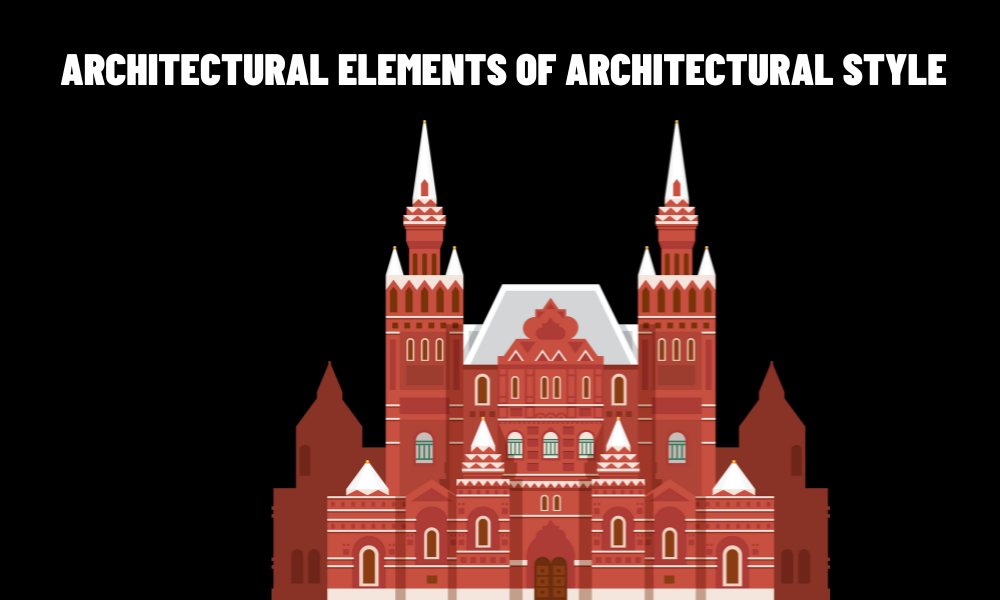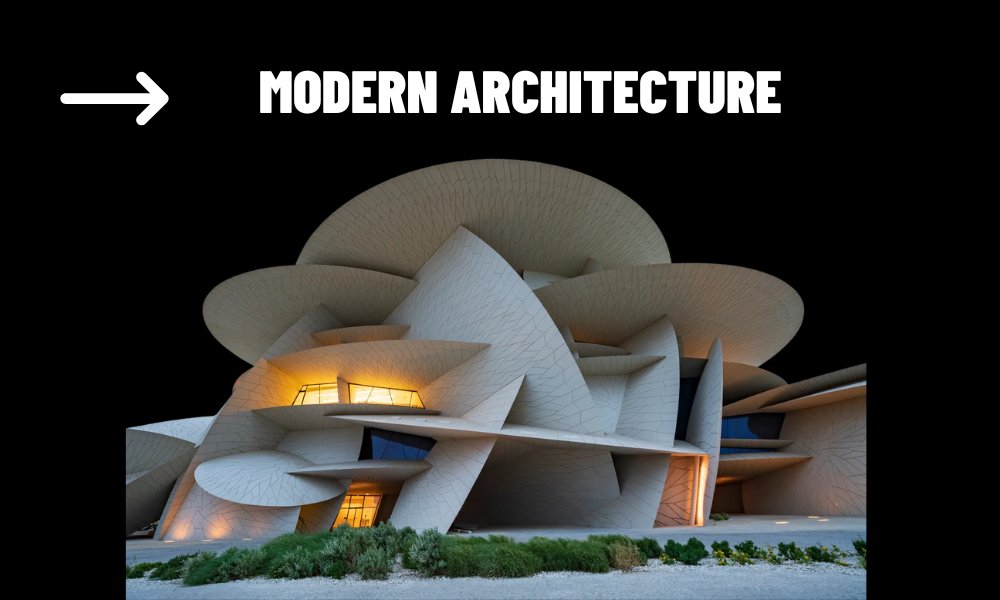Every architectural style tells a story through its architectural elements of architectural style. These elements—columns, arches, domes, and decorative motifs—are the tools architects use to craft buildings that are both functional and visually striking. From the Parthenon’s majestic columns to the minimalist glass facades of contemporary architecture, these components define the essence of a style.
Contents
Defining Architectural Elements
Architectural elements are the structural and decorative components that form a building’s design. They vary across styles, reflecting the technological advancements, cultural values, and artistic trends of their time. By combining these elements, architects create buildings that stand as testaments to human ingenuity.
Here are the core architectural elements of architectural style:
Columns: Vertical pillars that provide support and define a building’s proportions. Classical columns (Doric, Ionic) contrast with the slender, ornate columns of Gothic architecture.
Arches: Curved structures that span openings, distributing weight efficiently. Roman arches are rounded, while Islamic architecture often features horseshoe arches.
Domes: Curved roofs that create expansive interiors. The dome of the Pantheon in Rome and the intricate domes of Byzantine architecture are iconic examples.
Facades: The exterior face of a building, often adorned with decorative elements like cornices or reliefs. Renaissance facades emphasize symmetry, while modernist ones prioritize simplicity.
Roofs: The top covering of a building, ranging from pitched roofs in Gothic architecture to flat roofs in modern designs.

Architectural Elements in Iconic Styles
Different architectural styles use these elements to create distinct identities:
Roman Architecture
Roman architecture is renowned for its engineering prowess. Arches and domes enabled the construction of monumental structures like aqueducts and the Pantheon. Concrete allowed for larger, more durable buildings, with decorative elements like mosaics adding grandeur.
Byzantine Architecture
Byzantine architecture (4th–15th centuries) is characterized by domes resting on pendentives, as seen in Hagia Sophia. Intricate mosaics and arched windows create a sense of divine beauty, blending Roman and Eastern influences.
Baroque Architecture
Baroque architecture (17th–18th centuries) is theatrical, with ornate facades, curved forms, and dramatic domes. Buildings like Versailles use lavish decoration to convey power and opulence.
Contemporary Architecture
Contemporary architecture embraces innovation, using glass facades, open floor plans, and sustainable materials. Structures like the Burj Khalifa combine sleek lines with cutting-edge technology, redefining traditional elements.
The Role of Architectural Elements in Design
The architectural elements of architectural style serve multiple purposes:
Structural Integrity: Columns and arches provide stability, allowing for larger and taller buildings.
Aesthetic Appeal: Domes and facades create visual harmony, reflecting a style’s artistic ideals.
Cultural Significance: Elements like Islamic arches or Gothic ribbed vaults embody religious and societal values.
These elements also adapt to modern needs, with sustainable materials and energy-efficient designs becoming integral to contemporary architecture.
How to Analyze Architectural Styles
To understand a building’s style, examine its architectural elements:
Identify Key Features: Look for columns, arches, or domes. Their design often indicates the style.
Note Decorative Details: Are there intricate carvings (Baroque) or clean lines (modernism)?
Assess Materials and Scale: Stone and brick suggest classical or Gothic styles, while steel and glass point to modern designs.
For instance, a building with a large dome and mosaics is likely Byzantine, while one with expansive glass and minimal decor is contemporary.
The Future of Architectural Elements
As technology advances, the architectural elements of architectural style evolve. 3D-printed structures, parametric designs, and eco-friendly materials are reshaping how architects use traditional elements. Yet, the principles of balance, proportion, and functionality remain timeless, ensuring that these elements continue to inspire.
The architectural elements of architectural style are the heart of every architectural masterpiece. From the sturdy columns of ancient Rome to the sleek facades of modern skyscrapers, these components bridge the past and present, shaping the way we experience the built world. By exploring these elements, you can gain a deeper appreciation for architecture’s enduring legacy.



